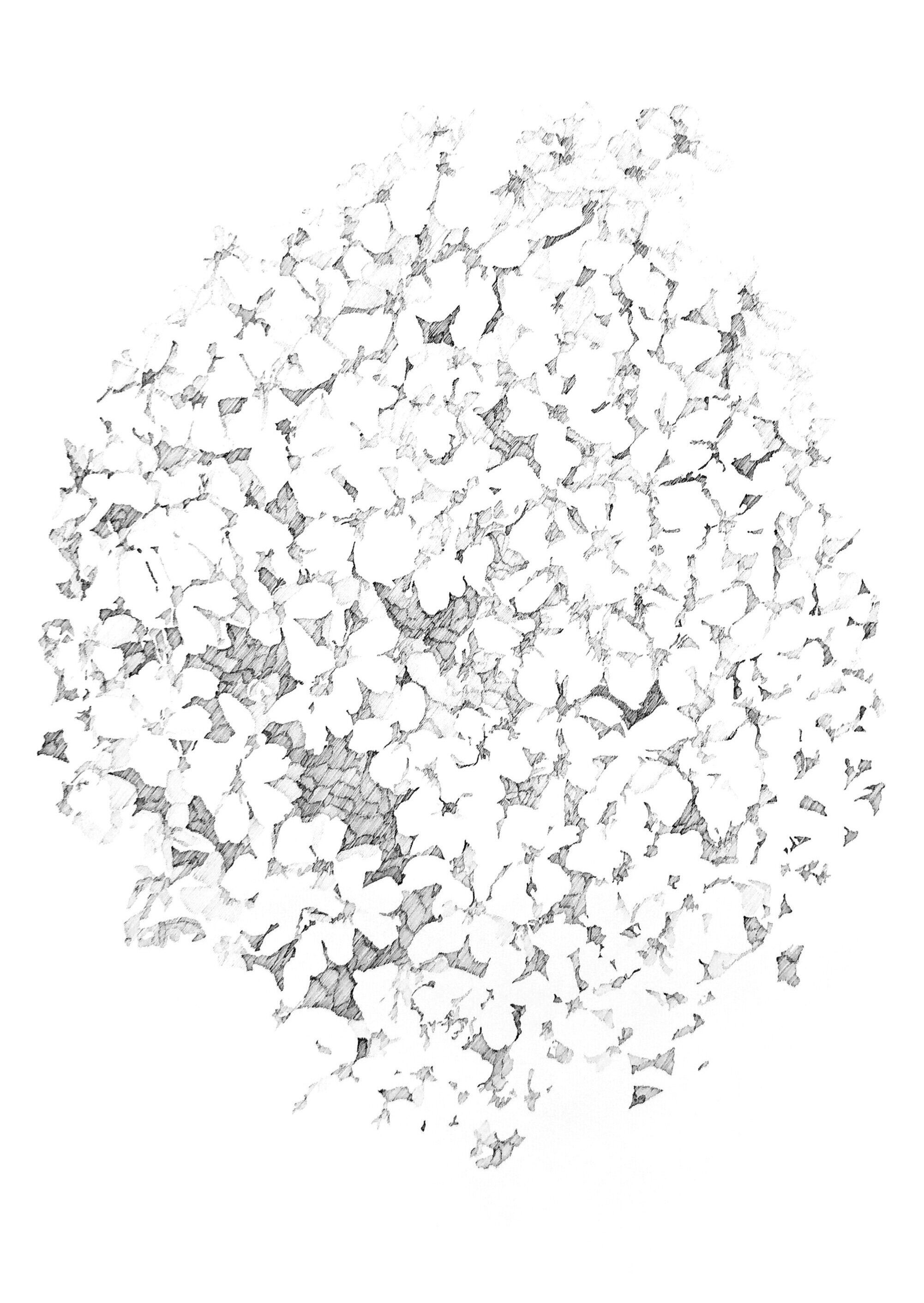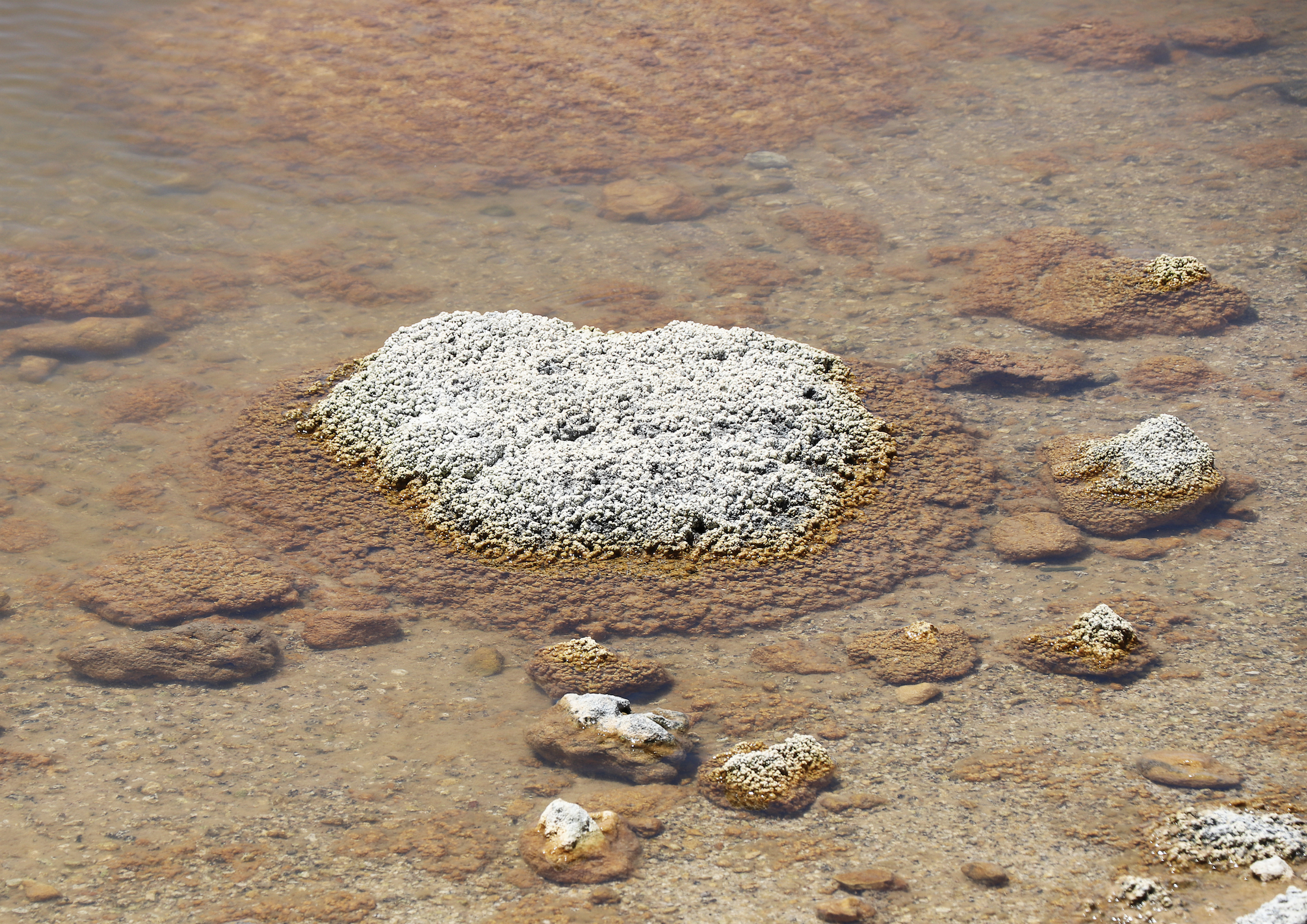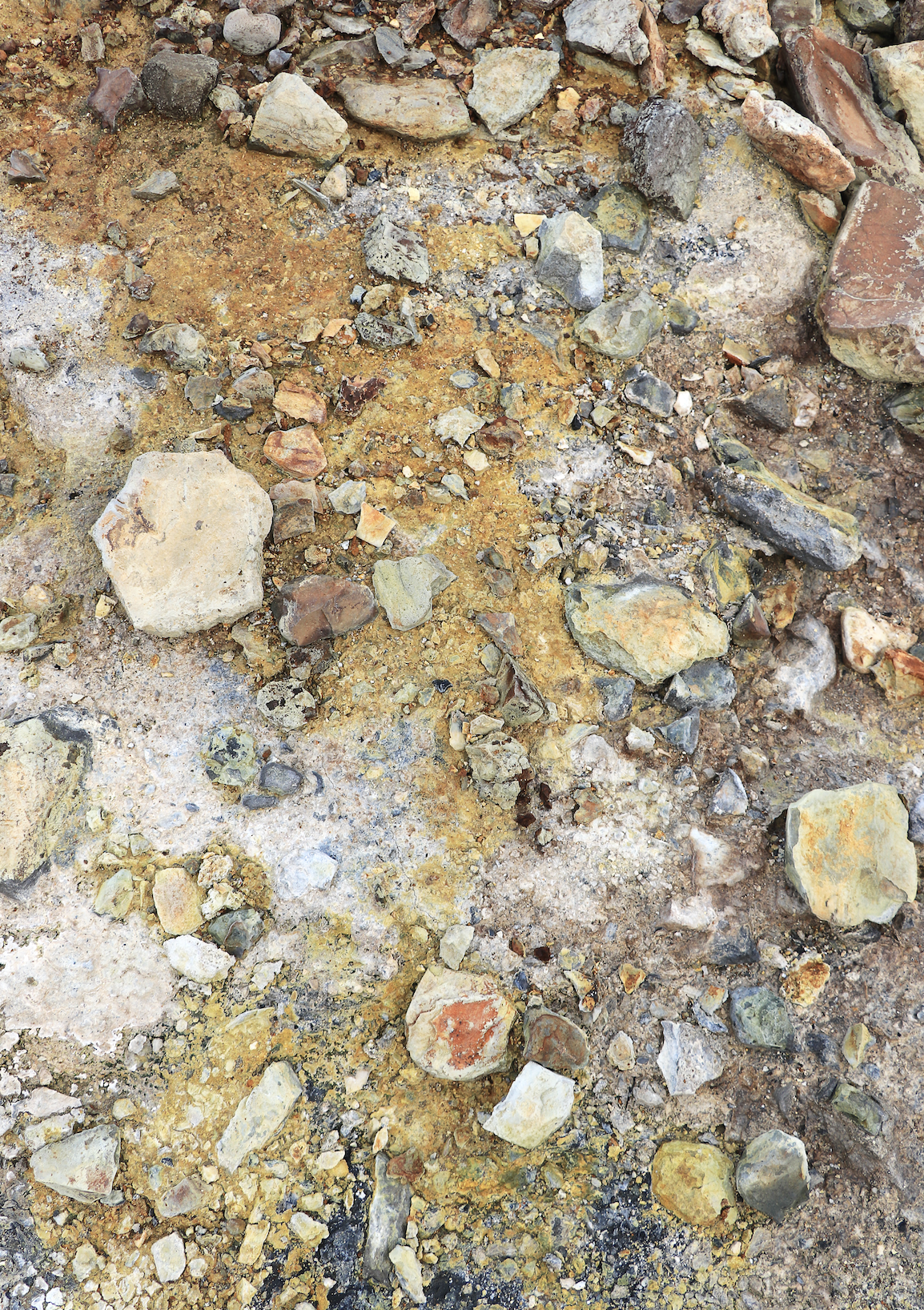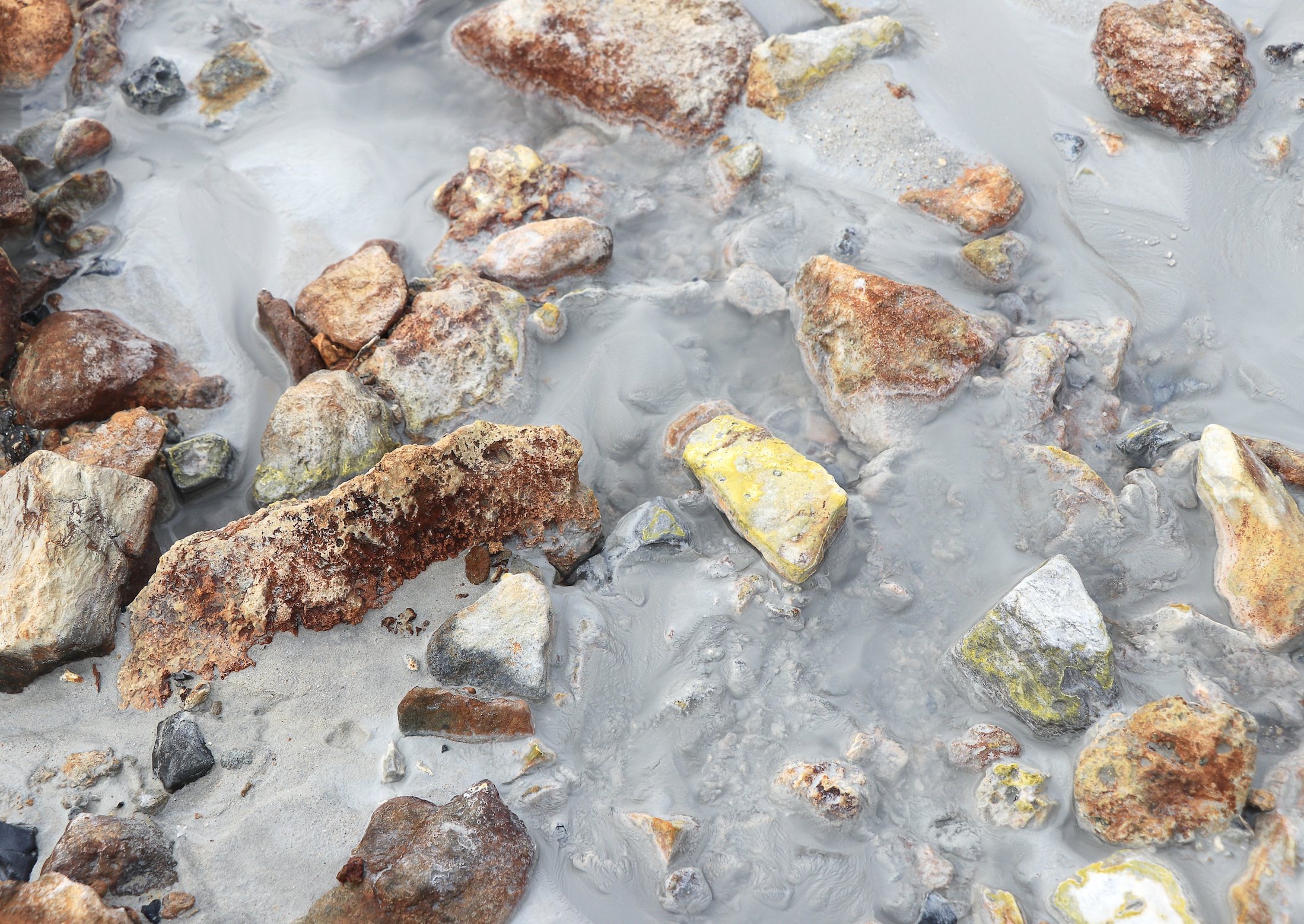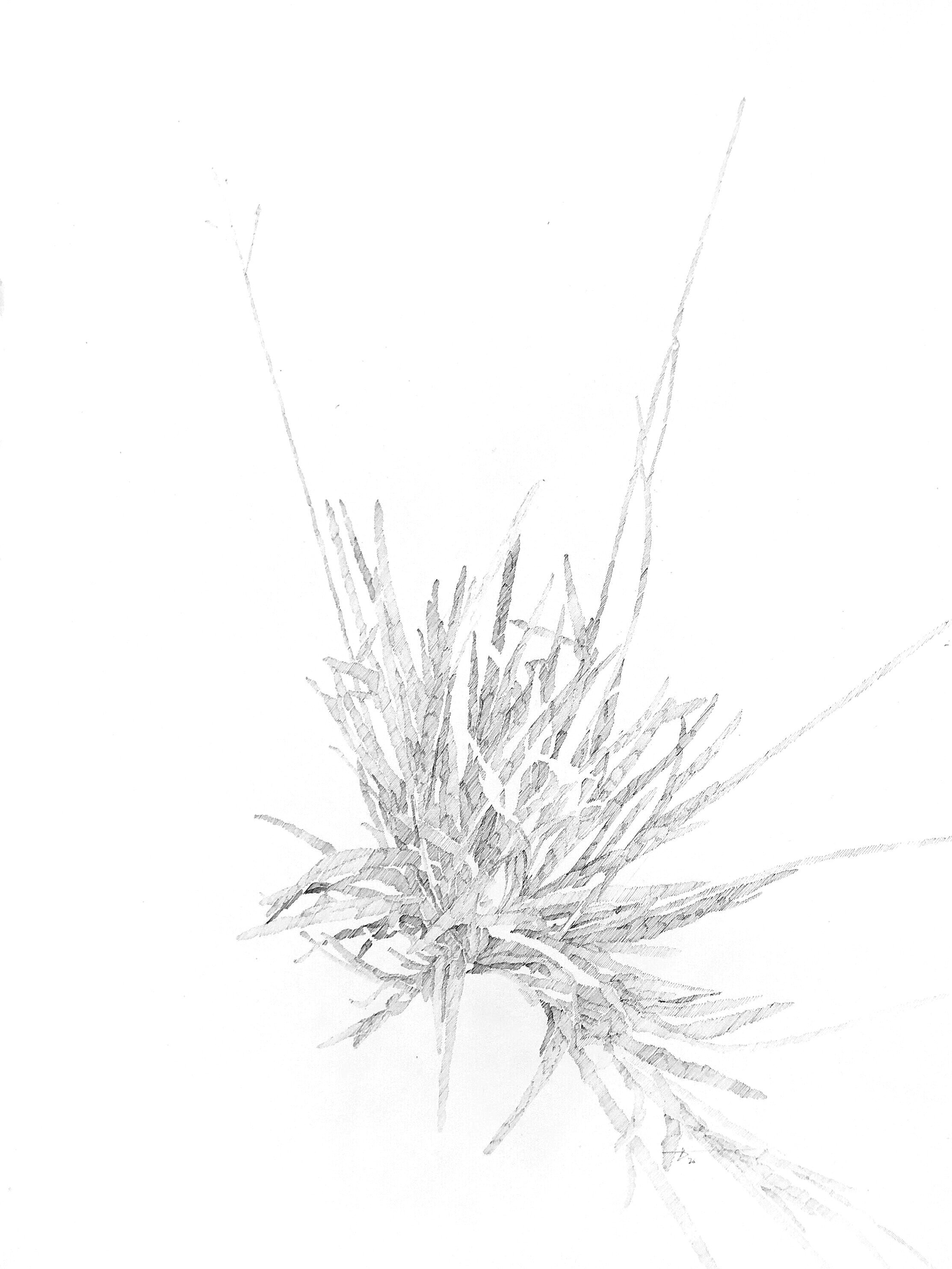PHYTO- - COOL CHANGE CONTEMPORARY, PERTH 8.2.20 - 29.2.20
A response to our tendency to overlook the minute in favour of the spectacle, PHYTO- examines the relative biodiversity of natural environments that superficially exist in stark contrast.
This exhibition was made possible through funding awarded for Creative Development from the Department of Local Government, Sport and Cultural Industries.
on PHYTO- by TESSA BEALE
At a time when the environment is in decline and when the climate is in everyone’s consciousness from recent catastrophic events, it feels more important than ever to reflect on our natural environment.
Kotsoglo’s work brings to light aspects of the natural world that are often overlooked. Drawing inspiration from two extreme environments, Iceland and Australia, renowned for their vast expansiveness and harsh natural beauty, Kotsoglo zooms in close to minute biota in fine detail. It is this care, and the delicate nature of fine graphite dots and hatched lines that translate her thoughtful handling of these depicted ecosystems that will be threatened further if they continue to be overlooked.
We are encouraged to consider the time taken to create the works and perhaps also the time it takes for these delicate systems to grow and form interconnected parts that make up their ecological whole.
The harsh landscapes of Iceland and Australia are often spoken about and recounted in tales of travellers but such accounts of Icelandic landscape don’t often reach the minutiae of moss and the delicate ecosystems that allow these to exist. Similarly, people might speak of gum trees, rock or the bright orange hues of the Australian landscape but this rarely extends to the intricate relationships upon which these are based.
In the form of accurate botanical drawings with a more blurred approach to tonal drawings using fine hatched lines at varied degrees apart, Kotsoglo offers us a series of drawings that allow us to notice these crucial systems upon which we depend. Through these, we are able to access the cruciality of these systems in a way that allows for close looking and reflection without making a physical pilgrimage that may adversely contribute to the fragile lives of these tiny intricate systems.
In rendering us drawings with fine detail and soft multi-toned ink and graphite, Kotsoglo is facilitating discussion rather than providing rhetoric. The power of reflection, level of consideration, and opportunity to discuss what thoughts may surface when spending time with the drawings is left to each viewer. It is Kotsoglo’s hope that this awareness may draw us away from anthropocentric thinking gently and purposefully.
In our fast-paced lives the power of slowing and reflection hold an important place. Kotsoglo’s drawings demand attention from the viewer just as they demanded careful attention in their making. What plants can’t request through human language Kotsoglo has done through drawing, subject and the power of reflection. Her sensitivity to materials and consideration of the subject beyond beauty holds an important and relevant place in both the human and natural world.
This power of reflection shapes how we respond to not only the work in the space, but to how we live, how we coexist with the natural world and how we might live differently in order for both human and natural systems to cycle forwards, develop and survive. We are provided with the opportunity to discuss what we see represented without needing to visit threatened areas and the ecosystems that dwell within them.
By making these series of drawings available at the gallery, we hope that their life might be continued outside the gallery at the culmination of the exhibition and they may spark further conversation on a future ‘wall home’ they might look out from. This could, in turn, lead to action feeding directly back into the lives of the ecosystems that inspired their creation.
What Kotsoglo suggests through her work, is how dependent we are as humans, on natural systems around us. Systems that we may never have previously considered before meditating upon the process of their creation and lives. Just as her work demands particular attention and careful looking, so too does our understanding of how these natural ecosystems work and how vulnerable they are to our modern approaches to living.
